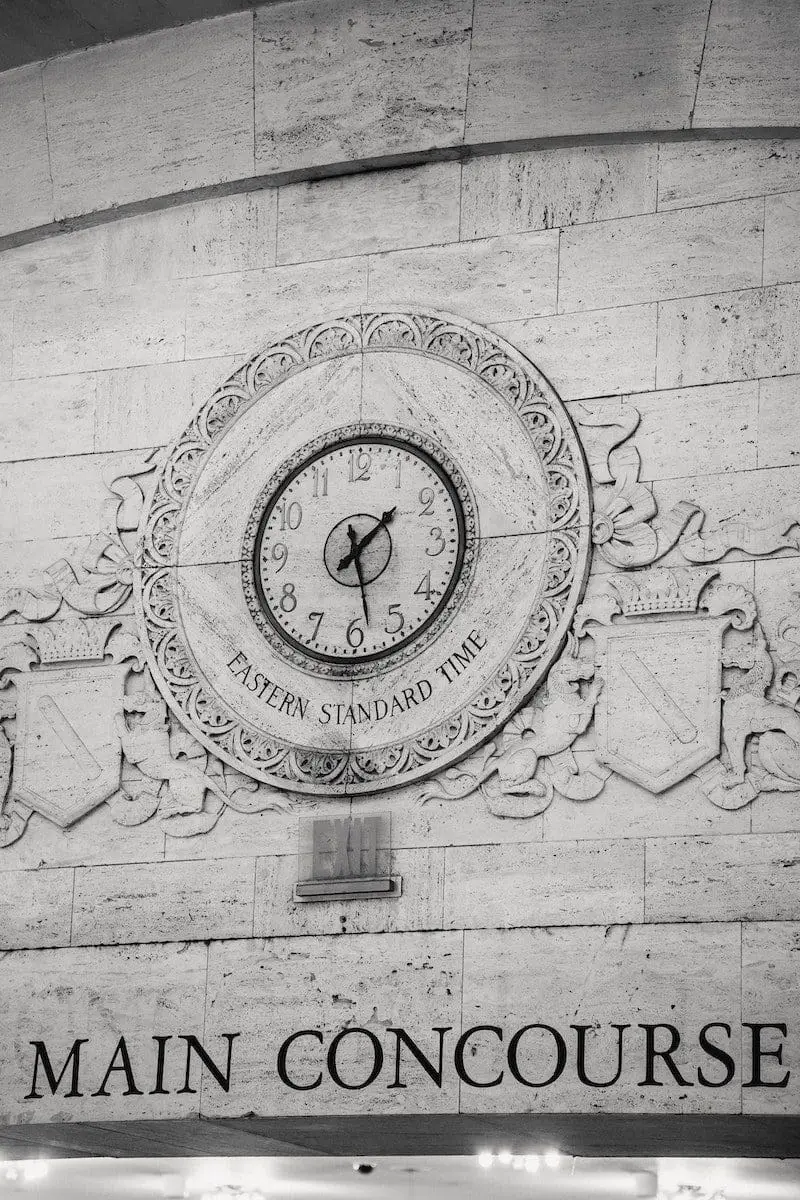The continent of America is exerted influenced by two time zones, PST and EST. PST is the initial for which the full is Pacific Standard Time. In contrast, EST is the initial that stands for the term Eastern Standard Time.
Though these two time zones under our consideration seem very similar, there are certain points of difference between them.
Key Takeaways
- PST (Pacific Standard Time) is the time zone used on the west coast of the United States and Canada, while EST (Eastern Standard Time) is used on the east coast.
- PST is 3 hours behind EST, which means events coinciding will have different local times in these time zones.
- Both PST and EST observe daylight saving time, shifting their clocks forward by one hour in the spring and back by one hour in the fall.
PST vs EST
PST stands for Pacific Standard Time, and it is a time zone used in the western part of the United States and Canada. EST means Eastern Standard Time, which is observed in the eastern part of the United States and Canada. EST is three hours ahead of PST. Both are based on Coordinated Universal Time.

At times, PST is also called Pacific Time or sometimes even referred to as Pacific Standard Time. The Coordinated Universal Time that is UTC, is at a time variance of 8 hours ahead of this time zone.
UTC -8 is also used to represent this. On the same day of the year, when EST changes to EDT, PST changes to PDT in many places.
Eastern Standard Time, also sometimes called EST, trails behind UCT (Coordinated Universal Time) for a time variance of 5 hours.
UTC-5 is the difference between East Standard Time and Universal Coordinated Time. Regions of places like Florida, Indiana, Kentucky, Michigan, and Tennessee follow EST. EST is at a time contrast of 5 hours behind the UTC.
Comparison Table
| Parameters of Comparison | PST | EST |
|---|---|---|
| Full-Form | Pacific Standard Time. | Eastern Standard Time. |
| Behind UTC | It is at a lag of 8 hours behind the UTC. | Trails behind UTC by a gap of 5 hours. |
| Time offset | The time equalizer is UTC-8. | The time evening up factor for this is UTC-5. |
| Places | Places include certain portions of the States, Canada, and Mexico follows Pacific Standard Time. | Employed in portions of the countries, the Caribbean, Canada, Mexico, and Central America. |
| Times used in | In the majority of the places, this is used during winter times. | In winters used in certain regions, otherwise used throughout the year to the time zone’s south. |
What is PST?
The Pacific Time Zone (PT) includes the regions of the western part of Canada, the western portion of the States, and western Mexico. A time offset or time evening up factor of UTC07:00 is employed during daylight saving time.
The differential factor is that between November and mid-March, whereas between mid-March and November, PDT usage results from a PST-PDT process.
In a calendar year, PST is used during the winter months, and PDT is used during the summer months. Los Angeles is the greatest of the cities that fall in the Pacific Time Zone, and its metropolitan area is the biggest that comes in this.
As EST and PST are normal time zones, they will remain 3 hours apart for the year in which they are observed. In maximum places, PST is used during winter times. During the summer, several places in both time zones do not observe PST or EST.
On the same day of the year, when EST changes to EDT, PST changes to PDT in many places. However, because EDT is three hours ahead of PST/PDT, it shifts three hours earlier – an hour forward or back.

What is EST?
ET, sometimes referred to as Eastern Time Zone comprises some or all parts of 23 countries, including Central America, Canada, the United States of America, Mexico, and several Caribbean and Atlantic islands.
The Coordinated Universal Time (UTC05:00), while taking note of the standard time (autumn/winter), is 5 hours ahead of the Eastern Standard Time (EST).
So, EST is as visible at a time contrast of 5 hours behind the UTC when the savings time of sunlight is observed (spring/summer), Eastern Daylight Time (EDT) trails behind four long hours from the Coordinated Universal Time (UTC04:00).
The boundaries of the Eastern Time Zone have extended to the west, in Kentucky, since Interstate Trade Commission (ICC) in 1938. Wayne County, a border county in Tennessee, moved to the East from its former site in 2000.
In winter used in certain regions, otherwise used throughout the year to the time zone’s south. Eastern Standard Time is used in only certain regions in winter, otherwise used throughout the year to the time zone’s south.

Main Differences Between PST and EST
- PST in its full form is Pacific Standard Time, while the full form for EST is Eastern Standard Time.
- The PST returns 8 hours from UTC, and the EST is five hours from UTC simultaneously.
- The time evening up factor for Pacific Standard Time is UTC-8. On the other side, the time is UTC-5 for Eastern Standard Time.
- In certain portions of the States, Canada and Mexico, Pacific Standard Time is followed. Central America, Canada, the United States of America, Mexico, and the Caribbean are all covered by Eastern Standard Time.
- In maximum places, Pacific Standard Time is used during winter times, unlike Eastern Standard Time which is used only in certain regions in winter, otherwise used throughout the year to the time zone’s south.
The distinction between UTC and PST/EST was explained very clearly. This made it easier to understand the time differences.
Absolutely. Understanding the relationship between UTC and time zones is crucial, and the article did a great job explaining it.
The detailed explanation of PST and its differential factor between winter and summer months was very valuable. It’s interesting to learn about these variations.
I agree, Elsie. The article provided a comprehensive understanding of the seasonal usage of PST and EDT.
I found the details about when EST changes to EDT and when PST changes to PDT very informative. This clarified the seasonal shifts in a very understandable way.
Absolutely, Jodie. The article did a great job at simplifying these transitions.
I appreciate the detailed comparison table provided. It makes it easier to understand the differences between the two time zones.
Absolutely. The comparison table is very helpful in summarizing the key points.
I completely agree. It’s a great visual aid for comparison.
The background on the Interstate Trade Commission’s influence on the Eastern Time Zone’s boundaries was an interesting insight into the historical development of these time zones.
I agree, Dean. It’s always fascinating to learn how these regional differences came about.
The explanation provided about the seasonal changes in time zone usage was very thorough and has expanded my understanding of PST and EDT.
I’m glad the article deepened your understanding. The clear explanations are certainly valuable.
The information about the usage of PST and EDT in different seasons was particularly enlightening. I’ve learned something new today.
I agree. The article provided a clear explanation of these seasonal changes.
Yes, the details about when PST changes to PDT and when EDT changes to EST were very interesting.
Thank you for explaining the difference between PST and EST. It was very informative!
I agree, the article is very thorough and well-explained.
The article effectively highlighted the regions where PST and EST are used, and I found the historical background of the Eastern Time Zone to be particularly intriguing.
I also found the historical aspect of the Eastern Time Zone quite fascinating.
The description of Los Angeles being the largest city in the Pacific Time Zone was an interesting addition to the article. The regional insight is appreciated.
I found that detail interesting as well. It puts the time zones into a geographical context.